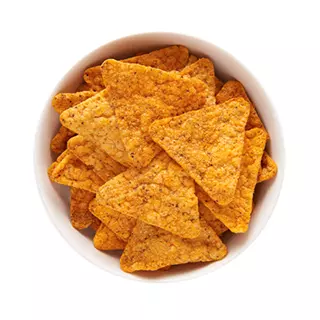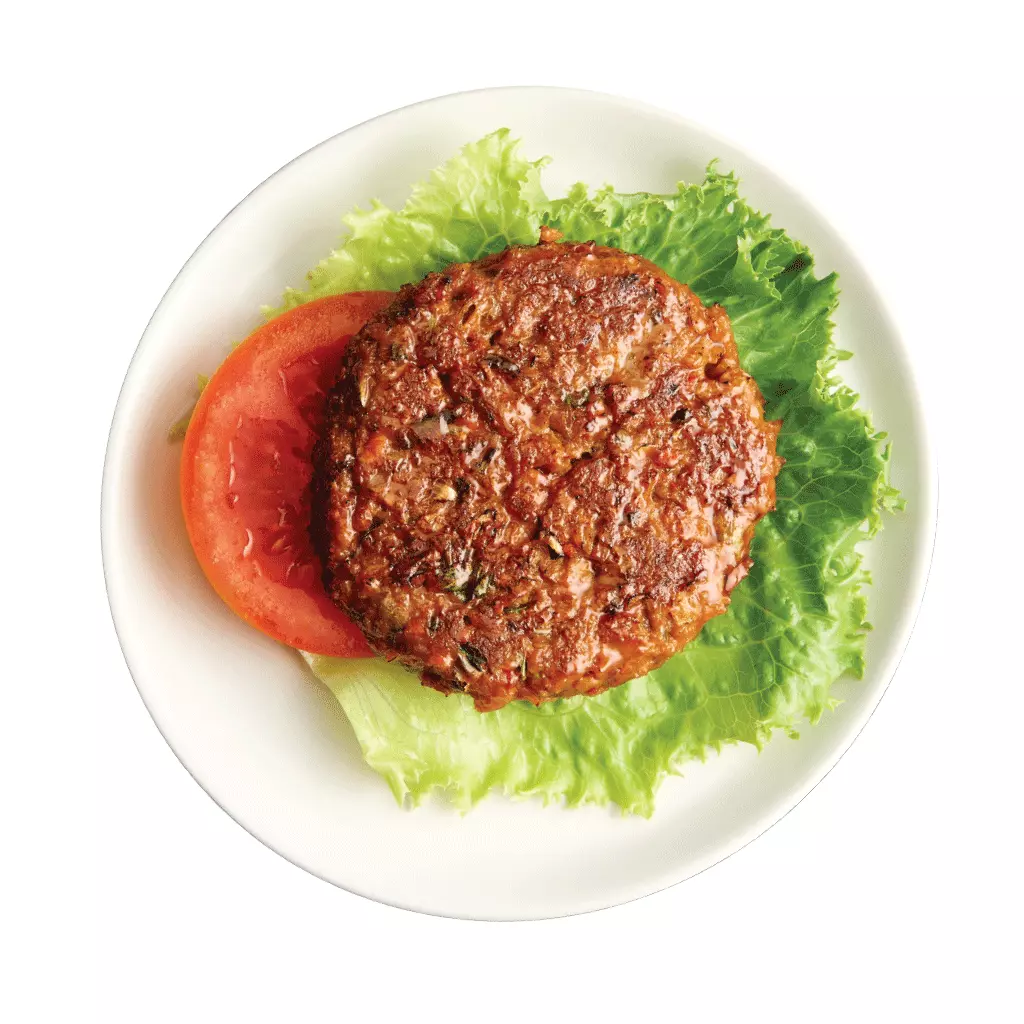“True” weight loss is hard to achieve. If it wasn’t, more than 42.4% of American adults wouldn’t be obese (not to mention 30% of adults who are overweight), and the US diet industry wouldn’t be making a staggering profit of up to $72 billion every year.
To successfully shed weight and maintain it, you will have to make crucial, long-term changes to your lifestyle, which are harder for some people to do than others. The main reason many people are unable to lose weight is a lack of motivation. And if this is the case with you, remember that you are not the only one facing this issue.
When trying to get rid of excess weight, you are likely to face some common challenges, such as slow progression, weight loss plateau, etc. However, you will reap the many benefits of weight loss if you don’t lose motivation and stay consistent. The best way to remain motivated will depend on your “whys” – your reasons for wanting to lose weight.
Goal setting is important to achieve successful, healthy weight loss. While it is easy for some people to create goals, others might find it difficult. Note that your weight loss goals need to be realistic and well-planned. Otherwise, you may be undermining your efforts to shed weight. When you set an unrealistic goal, you are reducing your ability to remain motivated and concentrate right from the beginning.
The main reason for setting goals is to have a roadmap that you will follow as you make changes toward a healthier lifestyle. So, your goals should not only help you lose weight but also enhance your health.
Weight loss goals can be broken down into two main categories:
- Process goals
- Outcome goals
You need both to achieve success in your weight loss journey.
Outcome goals are the targets you are trying to achieve when you embark on a weight loss diet or program. A good example would be the number of pounds you intend to lose. While these types of goals can help you focus, they don’t give you clear plans of how you aim to realize your end goal.
Process goals, on the other hand, are the “ways” you intend to achieve your desired weight loss result. They provide you with a well-created, actionable plan to follow.
Examples of process weight loss goals are taking a 30-minute walk daily, substituting soda for water, avoiding desserts after dinner, and so on.
Process goals are more crucial than outcome goals, as they help turn your lifestyle habits into long-lasting behaviors that aid weight loss. Process goals are equivalent to short term goals and are critical during the weight loss journey to help keep someone motivated and engaged in the process.
Creating a timeline is a good way to stay motivated on your process goals. It enables you to concentrate on your weight loss (which is a marathon and not a sprint), making the whole process less daunting and more doable for you.
Having short-term goals shift your focus to non-scale goals that can assist with motivation and help you achieve your desired results.
Here are three categories to focus on while setting a short-term goal that can help with your motivation and success on the Ideal Protein protocol.
Lifestyle
Studies reveal that people who make smaller, positive lifestyle changes, such as walking five more minutes daily or drinking more water, shed more weight and maintain it. When you concentrate on a few small changes at once, you will start to develop some healthy, long-lasting habits instead of taking an all-or-nothing approach that rarely works.
Here are a couple lifestyles changes you can focus on:
- Moving more during the day
- Use a fitness and activity tracker
- Make your own lunch
- Consuming less processed food.
- Avoid missing breakfast
- Check food labels
- Plan your meals in advance
- Eat with smaller plates
- Maintain a regular eating schedule
- Eat more at home than outside
Ideal Protein Basics
The following are a few Ideal Protein basics that can help you remain engaged and stick to the protocol:
1. Journaling
Studies show that people who journal their food are more likely to successfully lose weight and keep it off than those who don’t.
Here are some benefits of journaling your food:
- Makes you accountable
- Allows you to monitor your weight loss progress
- Helps you figure out eating patterns or triggers that may be impacting your weight loss (such as overeating, emotional eating, etc.)
- Makes more aware of what you are eating
- Helps you determine foods or areas of concern and additional calories
A food journal helps both dieters and their diet coaches. It allows coaches to know their dieters’ habits and make the necessary changes during their weekly coaching appointments.
2. Meeting with Your Coach Every Week
Attending weekly coaching sessions will enable you to get the guidance you need to remain motivated and stay on track. Your diet coach can answer your questions and assist you through any challenges you may encounter. Plus, they can help you make the appropriate diet and food choices, especially when eating out or going to a special event.
3. Measuring Your Veggies and Protein
Eyeballing is not a reliable way to measure the food we eat. If you have ever tried to eyeball one teaspoon of peanut butter, chances are that what you guessed to be one teaspoon is actually two tablespoons. Now, imagine doing this throughout the day; the error margin grows wider and wider.
When you are not measuring foods appropriately, it’s easy to assume that you are taking the right portion sizes, whereas you are not. For example, you measure a salmon filet with your palm size and believe that the peanut butter you put on your toast does not exceed one teaspoon.
Research has shown that most people underestimate the size of their portions, particularly for calorie-rich foods like sauces, nuts, salad dressings, peanut butter, etc. And you are more likely to miscalculate your portion size to a higher degree when hungry than after a meal.
Dieters who measure their food have also been found to be more successful at shedding weight than those who don’t. Hence, it’s good to use a digital food scale to measure your food when embarking on a weight loss journey, so you can be sure you are not taking in more calories than you believe you are. You will also be able to track calorie consumption accurately when you weigh your food portions.
Mindset
The most important factor in losing weight is changing your mindset. It will be impossible to change your weight from the outside unless you have the right inner resolve and intention.
Losing weight is not easy. That explains why there are a lot of diets and approaches that you can select from. While all these diets and weight-loss strategies come with advantages and disadvantages, none of them will work if you don’t have the right mindset.
Below are some mindset factors you should consider:
1. Figure Out Your “Whys”
When trying to make essential and long-term habit changes, including those necessary for successful dieting, you have to determine your motivation. Knowing your “why” will help you get through challenges and slips you are sure to meet on the way. Ask yourself the following questions:
- How would changing your diet or shedding weight benefit you?
- What are the good things that could happen if you lose weight?
- What are the negatives or dangers of not losing weight or sticking to your current diet?
- What are the likely consequences of not making a change?
While appearance-based motivations can be compelling, studies reveal that they might not be long-lasting and can result in negative outcomes like low self-esteem, poor body image, adoption of unhealthy weight loss methods, and eventually, weight regain. Health-based motivations, on the other hand, have been associated with more positive outcomes in the long term, such as greater weight loss, less weight regained, and as a bonus – improved body image and physical appearance.
2. Concentrating on Other Benefits Associated with Weight Loss
- Reduced cholesterol levels
- Increased energy levels
- Lowered blood pressure
- Improved skin
- Reduced inflammation, aches, and pain
- Better mobility
- Improved breathing
- Improved self-esteem and confidence
- Reduced blood sugar levels
- The prevention of type II diabetes
- The ability to have better sleep and wake up more rested
3. Focusing on Non-Scale Victories
Non-scale victories (also called NSVs) are the little gains that show we are making progress in our weight loss journey. They are crucial because, eventually, it’s not how much you weigh on the scale that matters but how you perceive yourselves.
Below are a few examples of non-scale victories:
- Your skin looks better
- Your clothes fit better than they used to be
- Your energy level increases
- You sleep better
- You are able to do more of the things you love
- You have less pain or ache
- Your biomarkers are improving, or you rely less on drugs
- You are able to save more money
- Cultivating healthy habits
- Keeping food cravings at bay
- Eating healthier food
- Having improved digestion
- Increased self-confidence
- Receiving more compliments
- Shopping for new clothing
- Shedding fat from body parts like hips, thighs, or waist
- Ability to do more physical activities
- Living a happier lifestyle
Accomplish More With Our Three Week Challenge
Short-term goals can be very effective in improving your weight loss mindset, increasing your confidence and keeping you motivated.
To help you do it with a sense of accomplishment, we have launched a three week challenge consisting of non scale victories. Our goal is to inspire you to recommit to your goals, and make positive changes along the way, creating dramatic physical changes and non-scale victories.
Entire Challenge
- Daily logging for the duration of the challenge
- Weekly Photo Comparison
Weekly Challenge
- Lifestyle
- Meal prep
- Daily activity 10k steps
- Explore New Veggies
- Apply Ideal Protein compliant eating out or eating on the go
- Try a new recipe
- Phase 1 Basics
- Drinking your water
- Taking supplements
- Weighing your foods
- Meeting daily vegetable requirements
- Consume all Ideal Protein foods
- Mindset
- Identify a self-sabotage pattern and implement a plan to overcome it
- Create a daily body gratitude list (5 items)
- Create an NSV (Non-Scale Victory) goal list
- Daily success journal
- Create a “Why” list (5 Items)
We are already seeing significant positive changes in our dieters who have completed or are doing this challenge.






